Tesla has cut its entire Supercharger team.
“What a wild ride it has been,” shared William Jameson, the strategic charging programs lead at Tesla on social media platform X, formerly Twitter. This bold move by Tesla has left numerous employees out in the cold, signaling a major restructuring within the company.
Musk Cites Intense EV Market Competition for Job Cuts
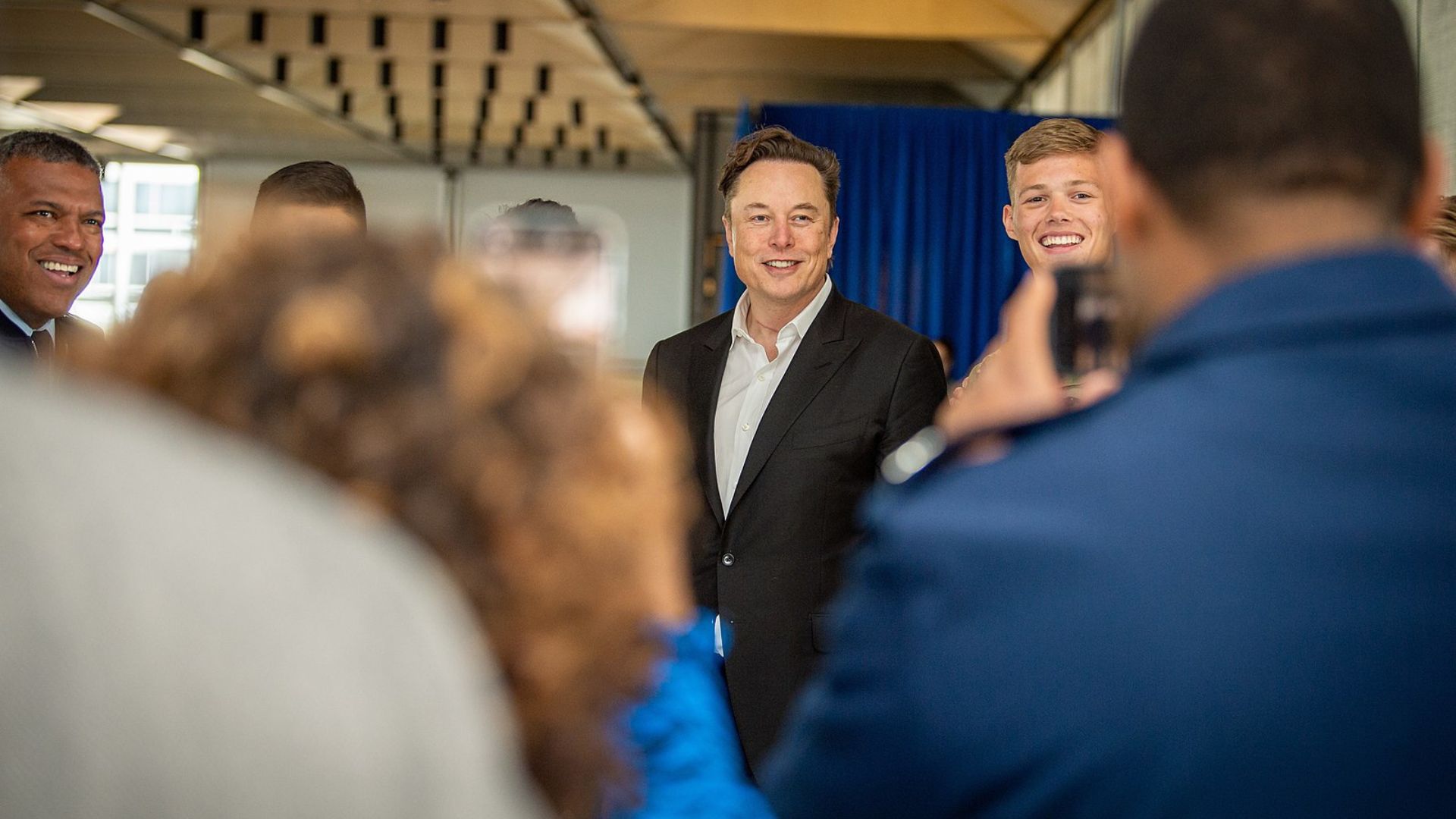
In the face of growing competition from more cost-effective electric vehicle options, Elon Musk announced a 10% reduction in Tesla’s workforce.
He pointed out the critical need for austerity, stating in a company memo, “We need to be absolutely hardcore about cost reduction,” according to a report by The Information.
Latest Round of Layoffs

In the latest round of layoffs at Tesla, CEO Musk announced that 500 people–or the entire team responsible for building its Supercharger stations–are out of the job.
This comes after Musk sent a memo to employees announcing that 10% of the company will be laid off to keep the company “lean, innovative, and hungry.”
Musk Explains the Decision
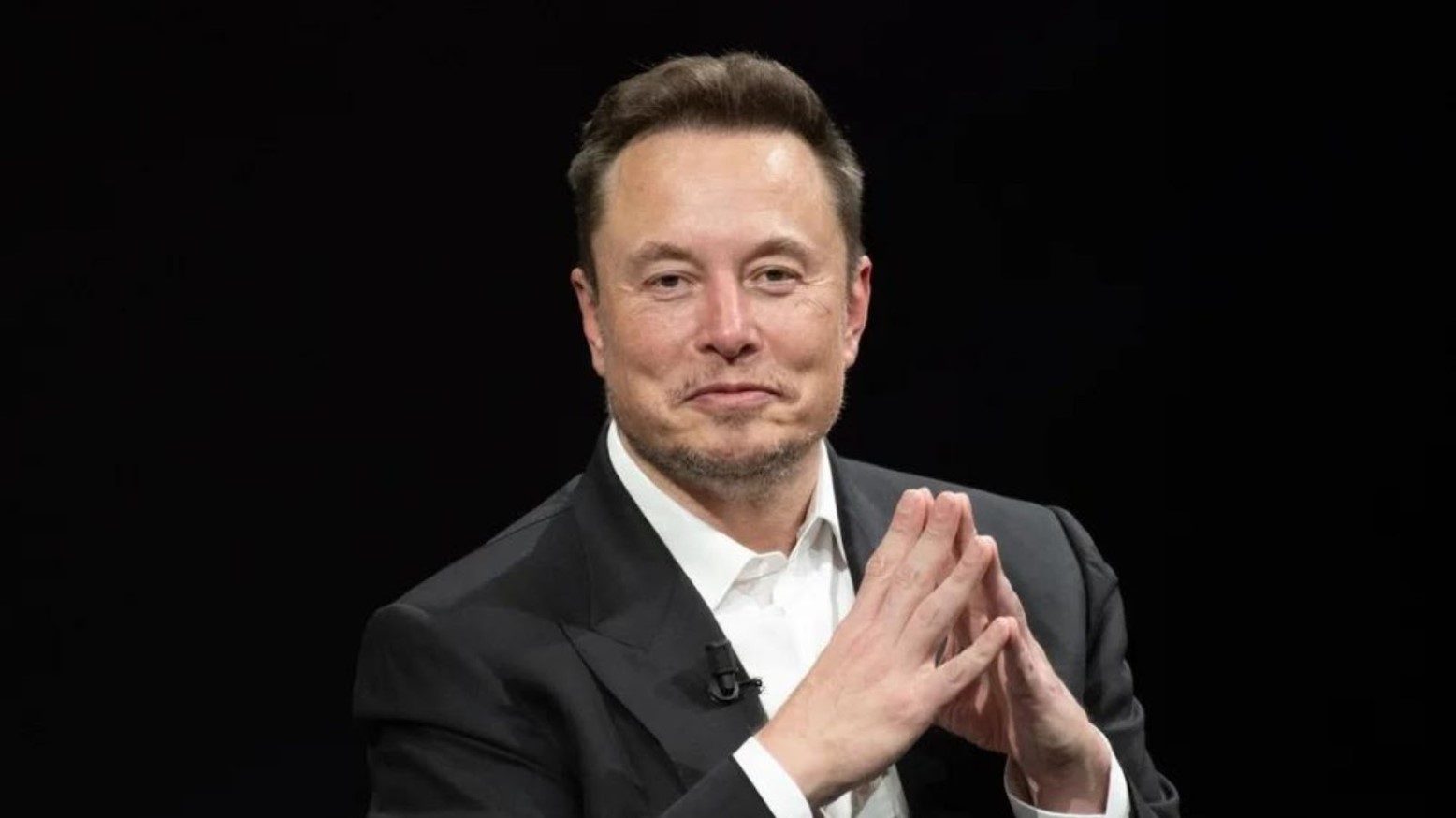
Musk explained that the focus of the Supercharger network will be on “100% uptime and expansion of existing locations.”
“Tesla still plans to grow the Supercharger network, just at a slower pace for new locations and more focus on 100% uptime and expansion of existing locations,” Musk said (via TeslaRati).
Backlash to Musk’s Latest Round of Layoffs
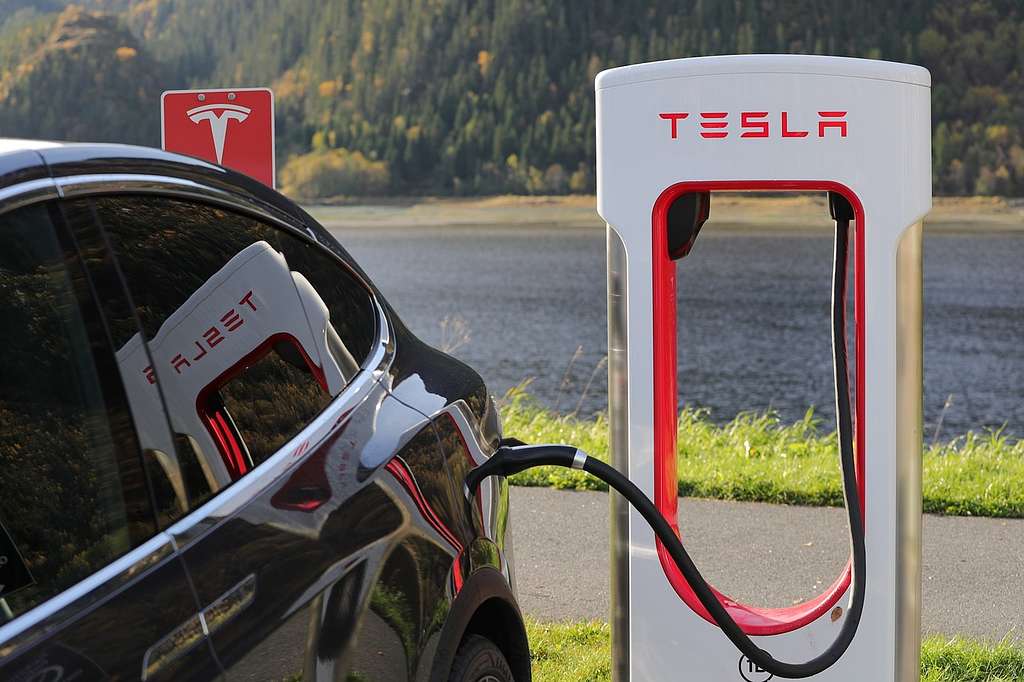
Fans of Musk and Tesla, who have been defending the seemingly defective $100,000 Cybertruck, are protesting how the decision was handled on X, Musk’s other company which was formerly known as Twitter.
“This is a … disaster. Superchargers need to be Tesla’s second top-growing sector outside of FSD,” user @cybrtrkguy wrote. “Long-range travel that’s EASY to any location is fundamental to the adoption of EVs in North America.”
Musk Says He Hates Layoffs
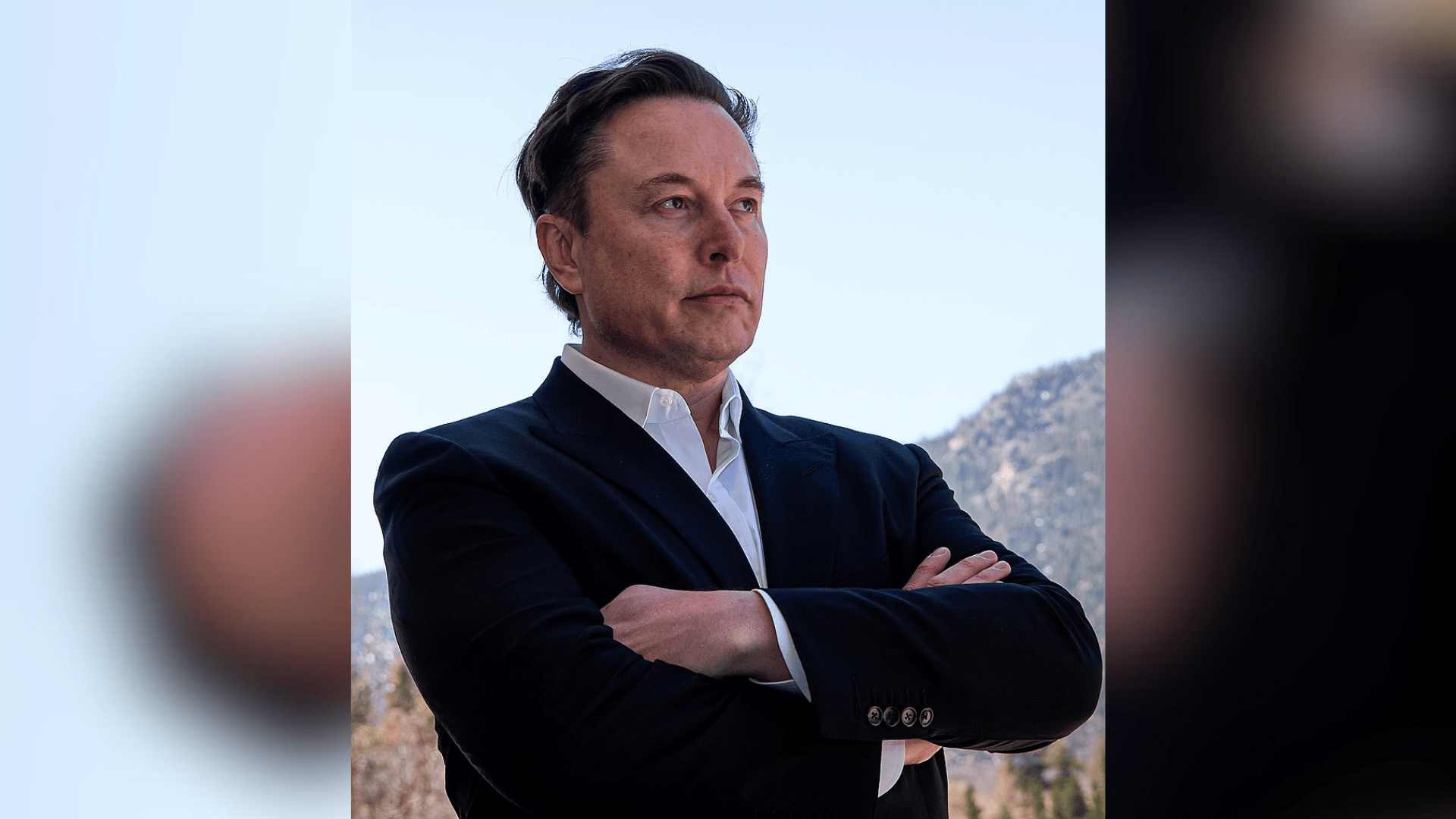
Despite laying off a large chunk of his Tesla staff this year, Musk explains that he hates to lay off his employees.
“As part of this effort, we have done a thorough review of the organization and made the difficult decision to reduce our headcount by more than 10% globally. There is nothing I hate more, but it must be done,” Musk wrote.
Bad Time to Adapt to Supercharger Network
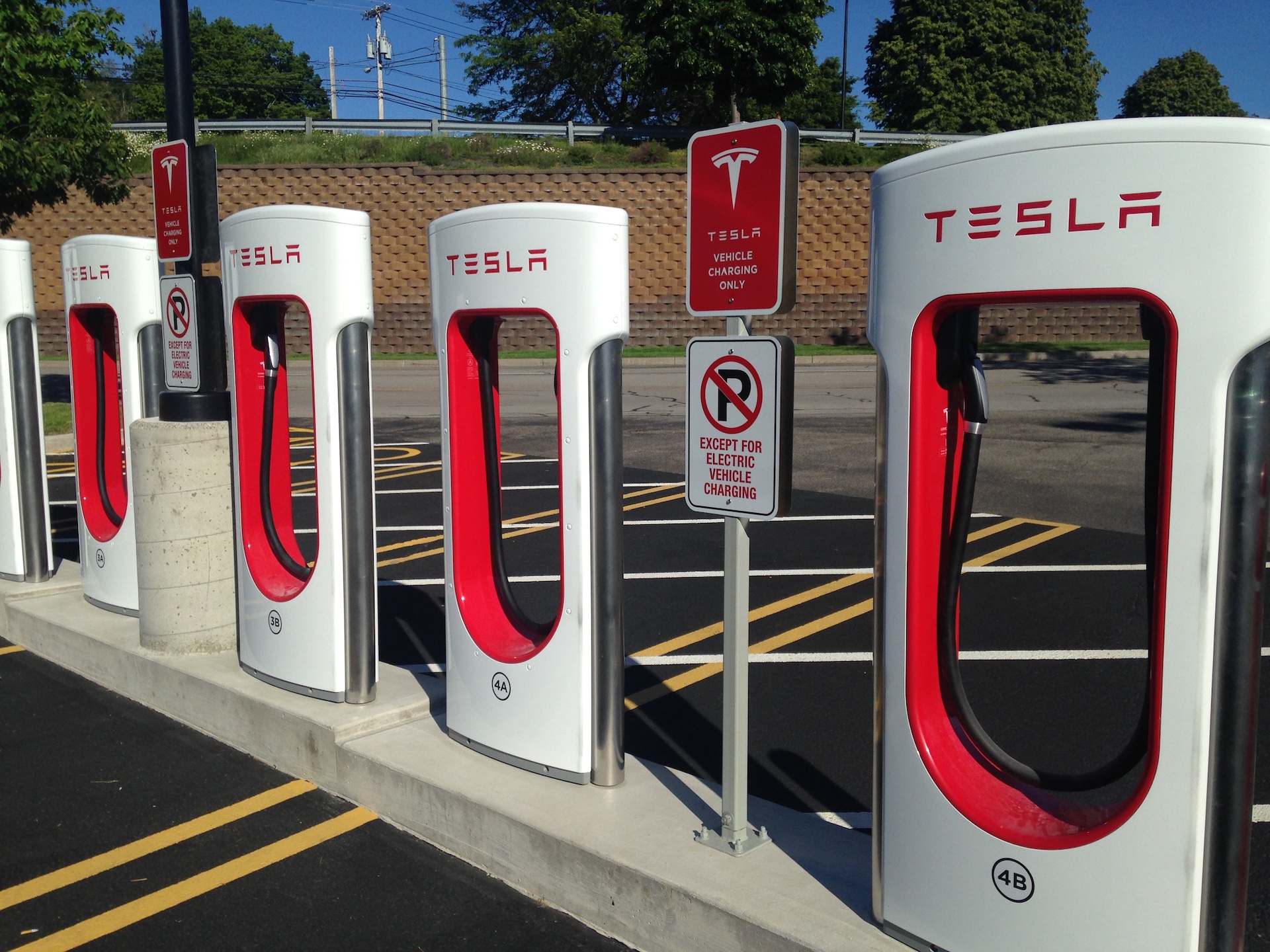
With many cars gaining access to the Supercharger Network and the expansion of the needed charging stations for many EV cars, Musk’s move to lay off the Supercharger team does not make a ton of sense.
Sure, it is cutting cost and others can take on the work, but some states like Hawaii and Alaska have little-to-no choices for charging.
California’s Moving Toward Charging Stations
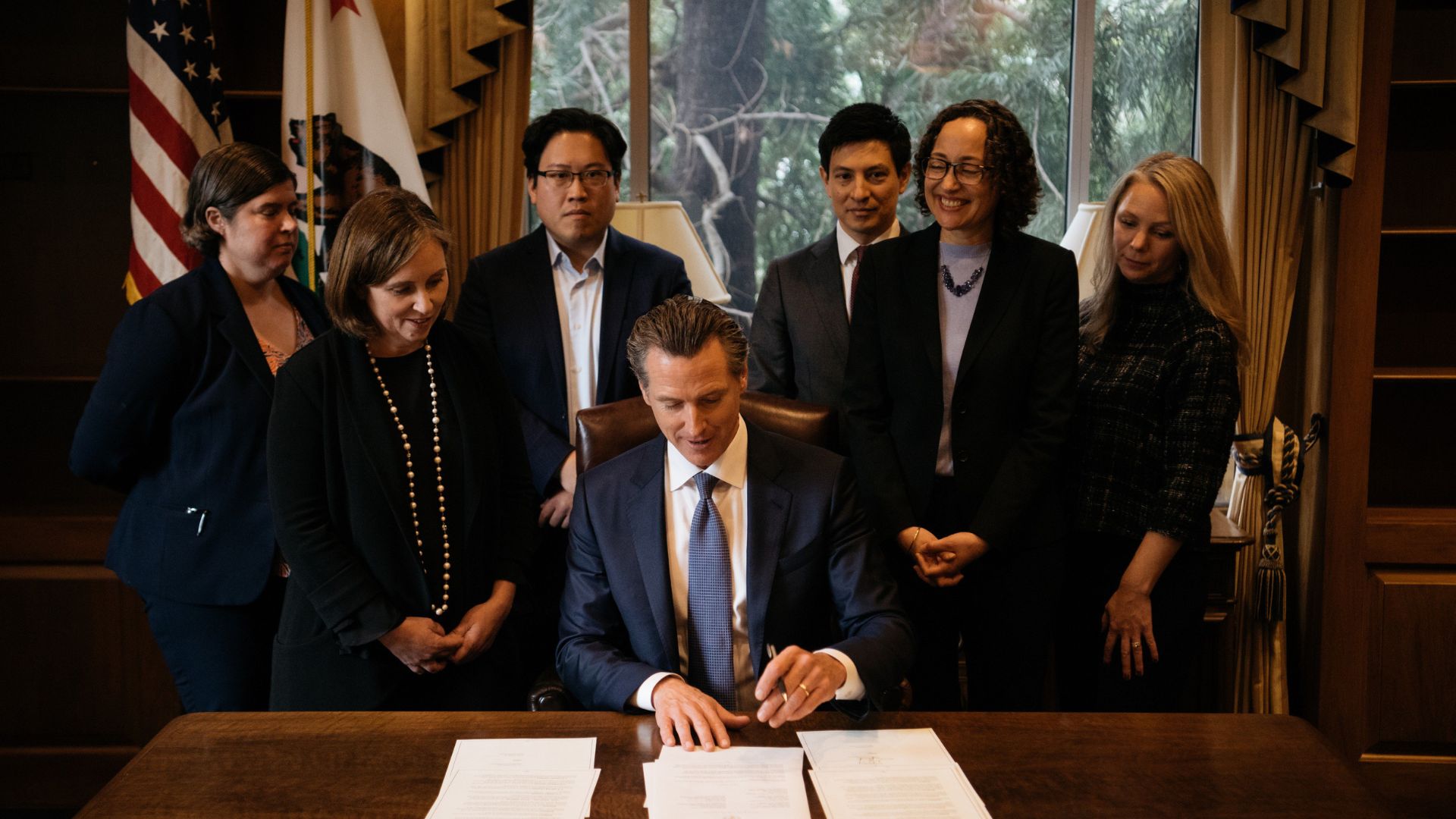
On top of some states lacking charging stations, California is making a massive move toward installing more charging stations.
California Governor Gavin Newsom announced that for every five gas stations in the Golden State, there will be one fast-charging station for electric vehicles.
Tesla’s Supercharger Expansion Slows Down
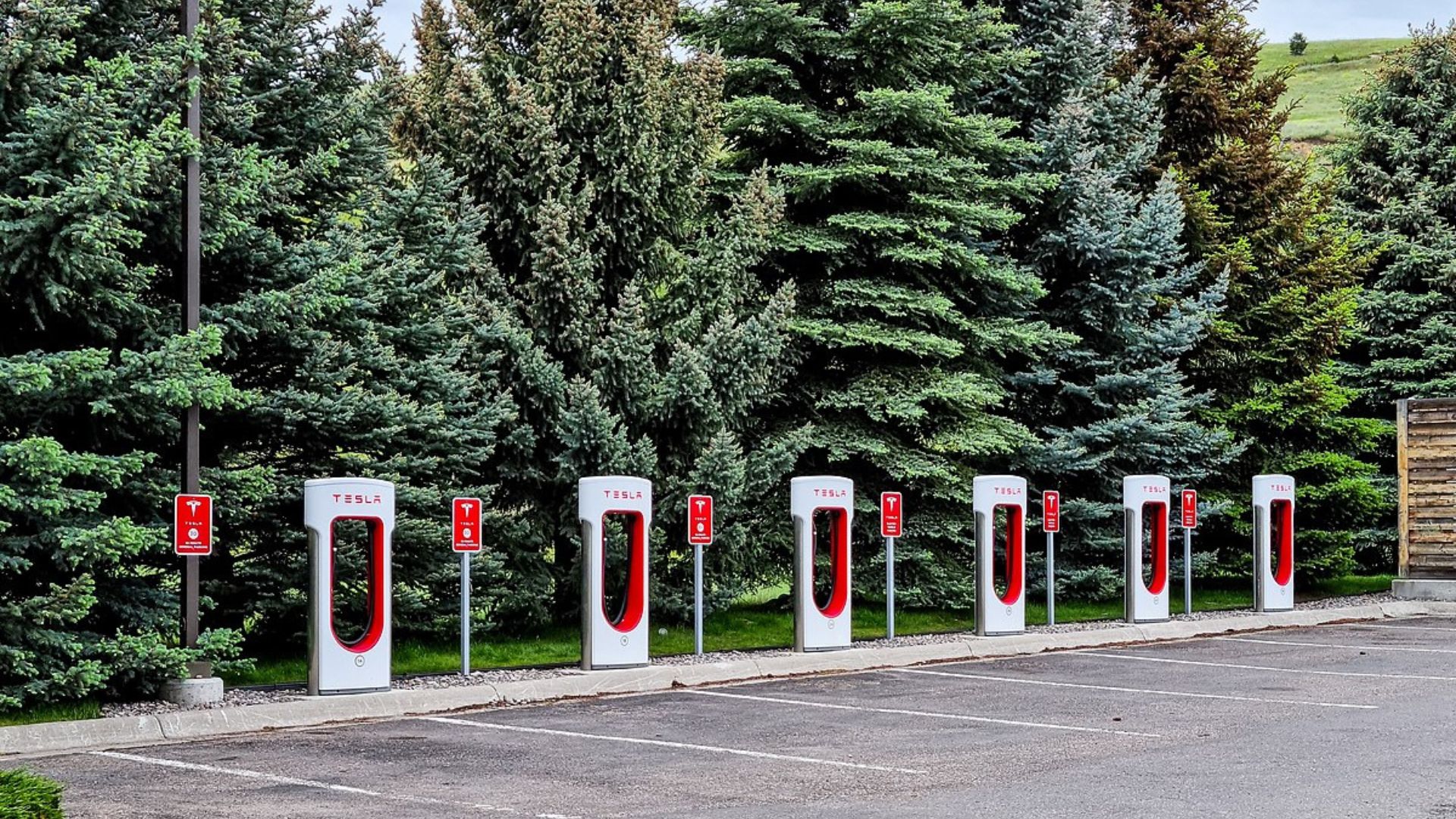
Despite slashing jobs, Elon Musk reassured on X that Tesla’s Supercharger network would continue to grow, albeit more slowly.
With over 50,000 Superchargers around the world, Tesla maintains the largest fast-charging network for electric vehicles globally.
Tesla’s Poor Timing
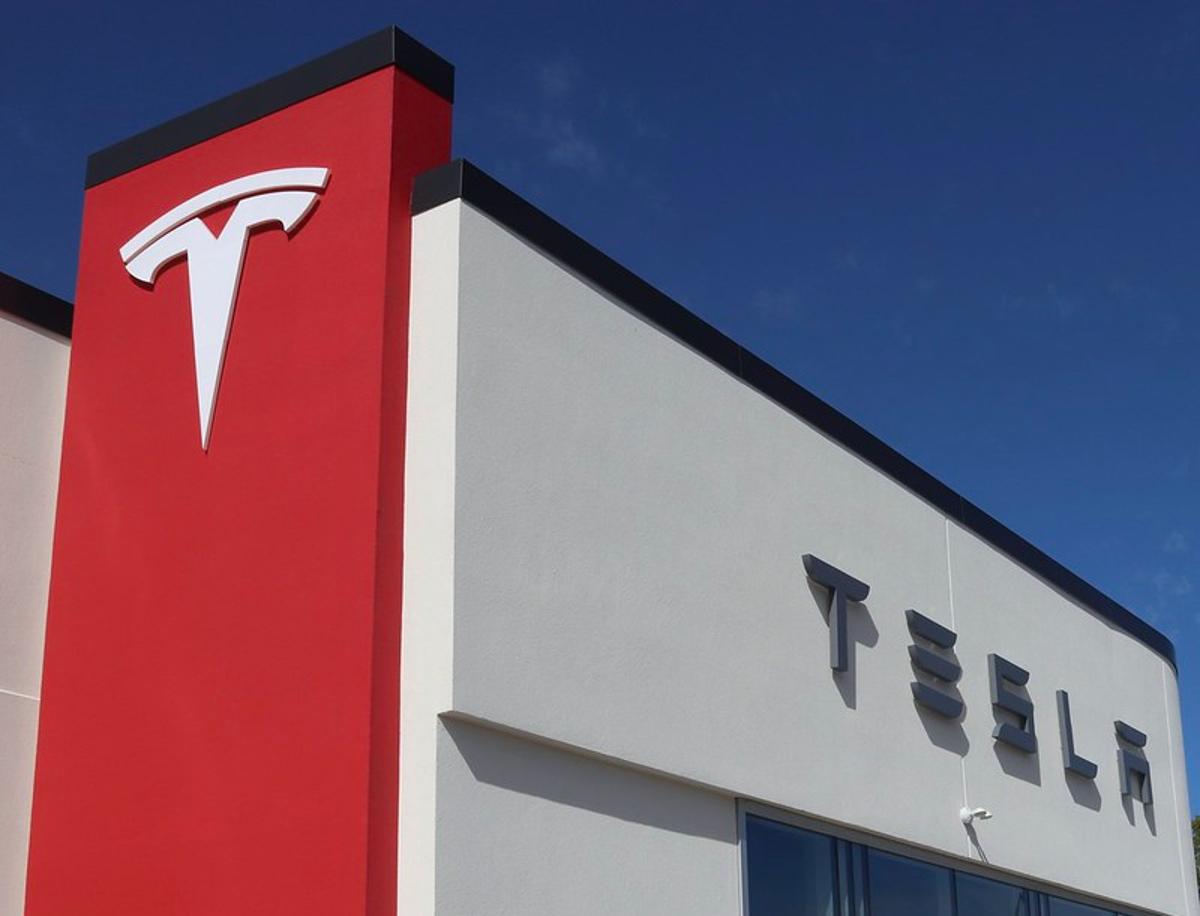
All of these layoffs come after Tesla was planning to increase its charging infrastructure teams to expand the network to support EVs from other manufacturers.
Tesla had also just accepted $17 million in federal EV charging grants to help get this new network started. However, Musk seemed to have pulled the plug on this project and is doing the opposite of expanding its networks by canceling several Supercharger locations in the US.
Confusion in the Industry Over Tesla’s Layoffs
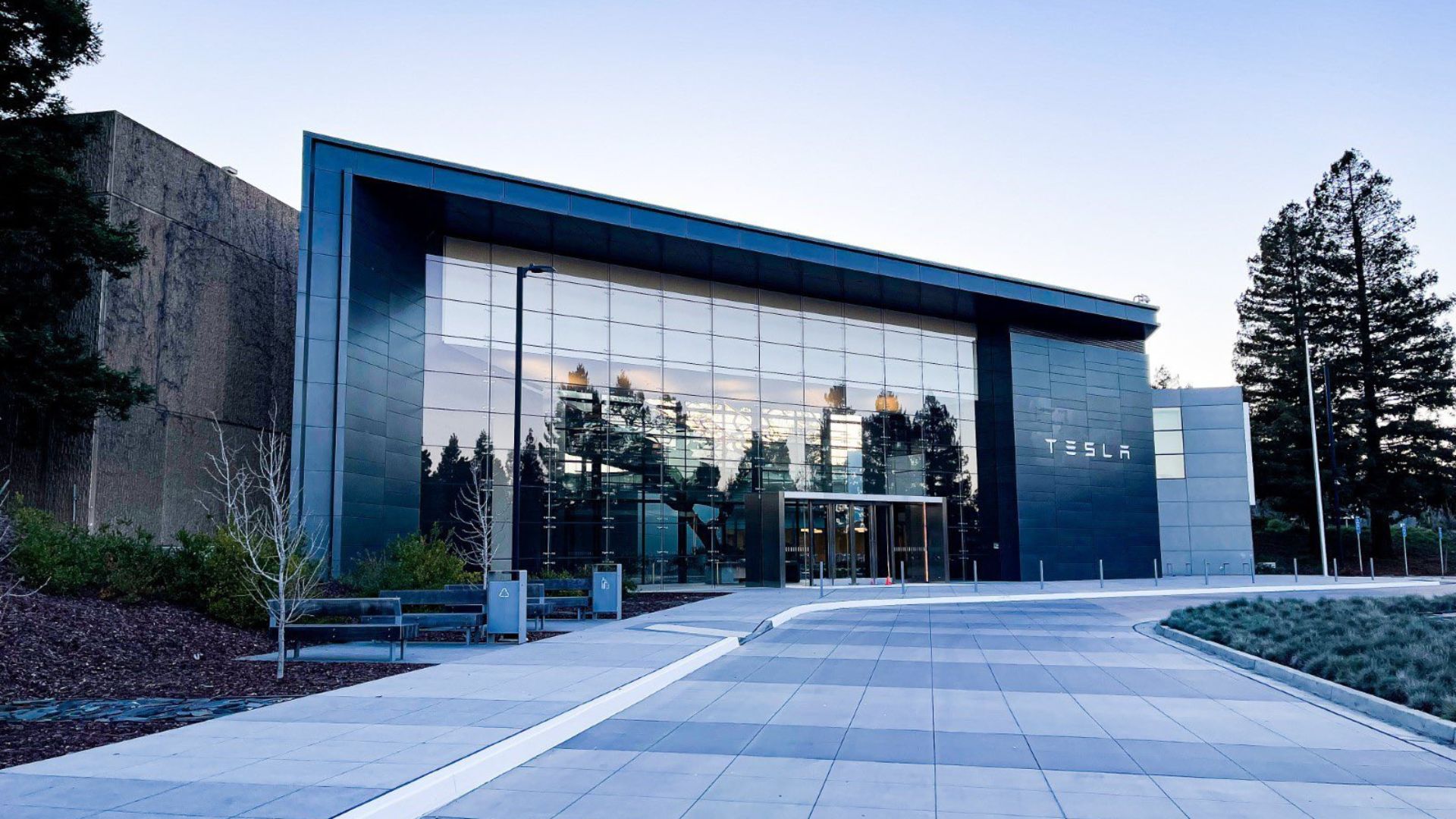
The industry is scratching its head over Musk’s recent decision. Fred Lambert, the editor-in-chief of Electrek, voiced his surprise on social media.
“Extremely perplexed by the move,” he said, recognizing the Supercharger network as one of Tesla’s biggest successes.
Upcoming Regulations Prompt Tesla Strategy Shift
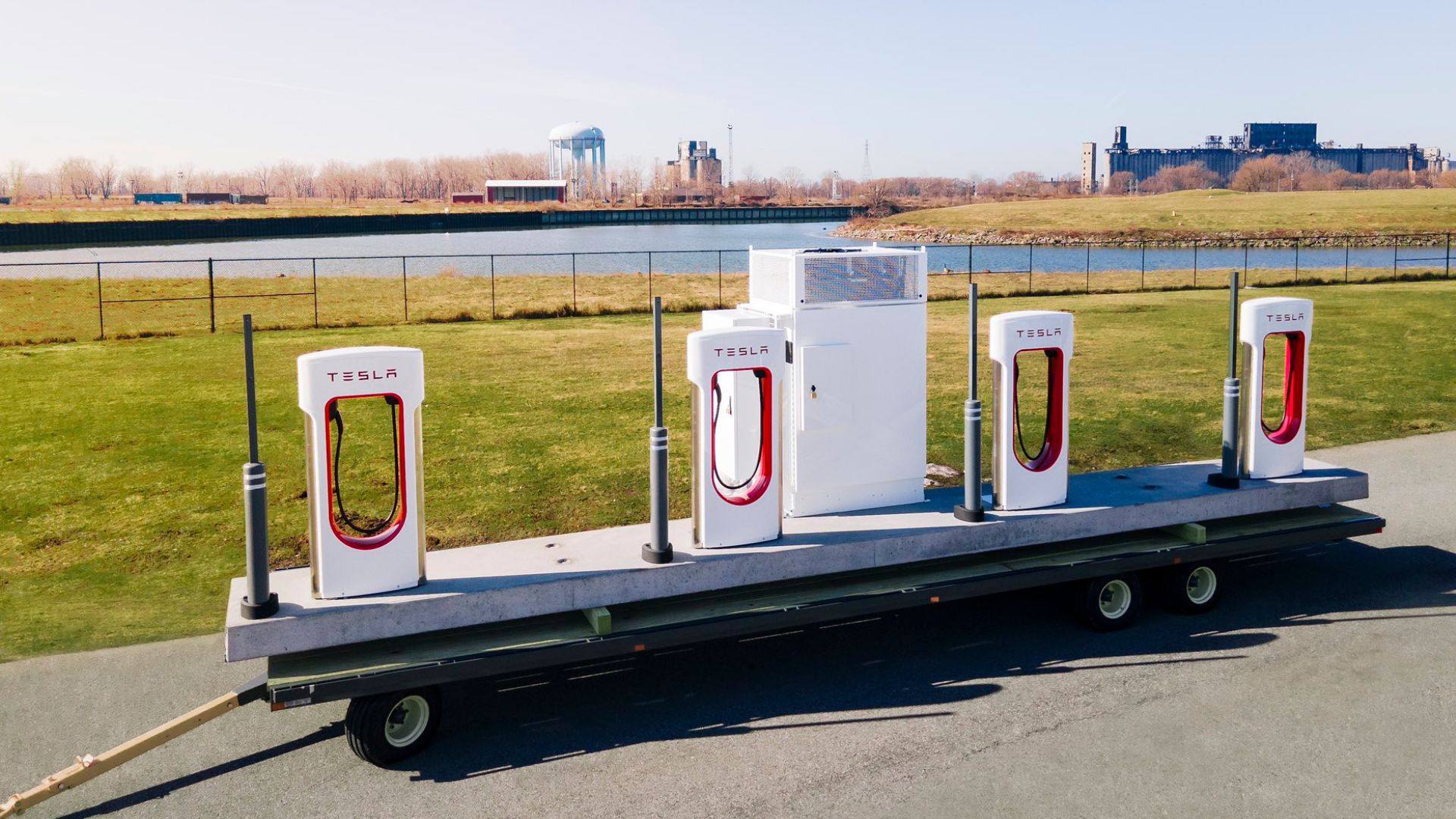
Tesla’s Supercharger network, a key asset in its crown, faces new challenges from regulatory changes.
The U.S. and Europe are pushing Tesla to allow other manufacturers’ vehicles to use its charging network, potentially leveling the playing field.
Supplier Shaken by Tesla’s Strategic Pivot
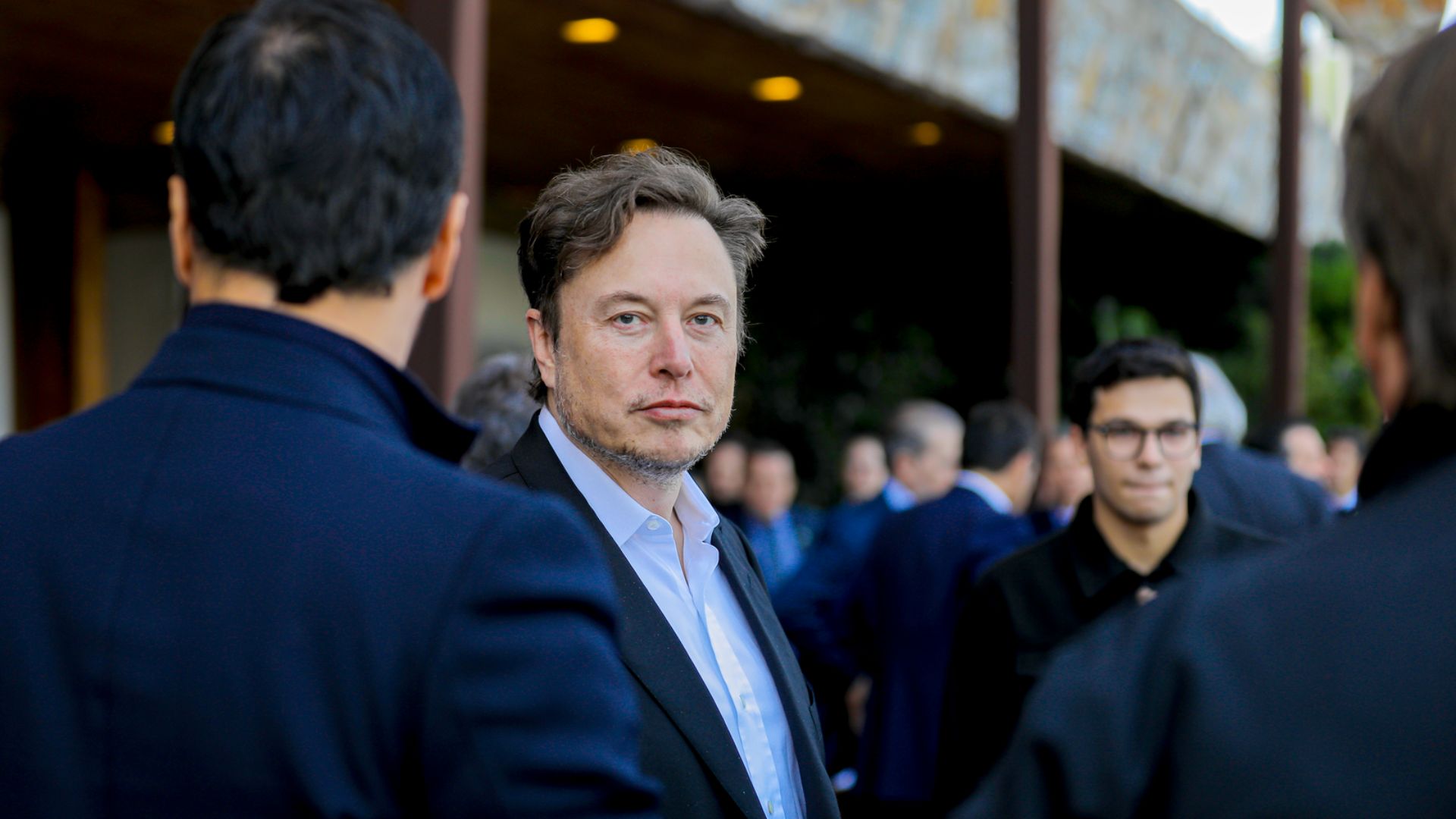
Andres Pinter, CEO of Bullet EV Charging Solutions, felt the impact immediately, telling Reuters his team “woke up to a sharp kick in the pants this morning.”
He speculated that Musk might rebuild the charger team in a way that maximizes future U.S. government incentives.
Tesla Layoffs Stir Concerns Over EV Market Confidence
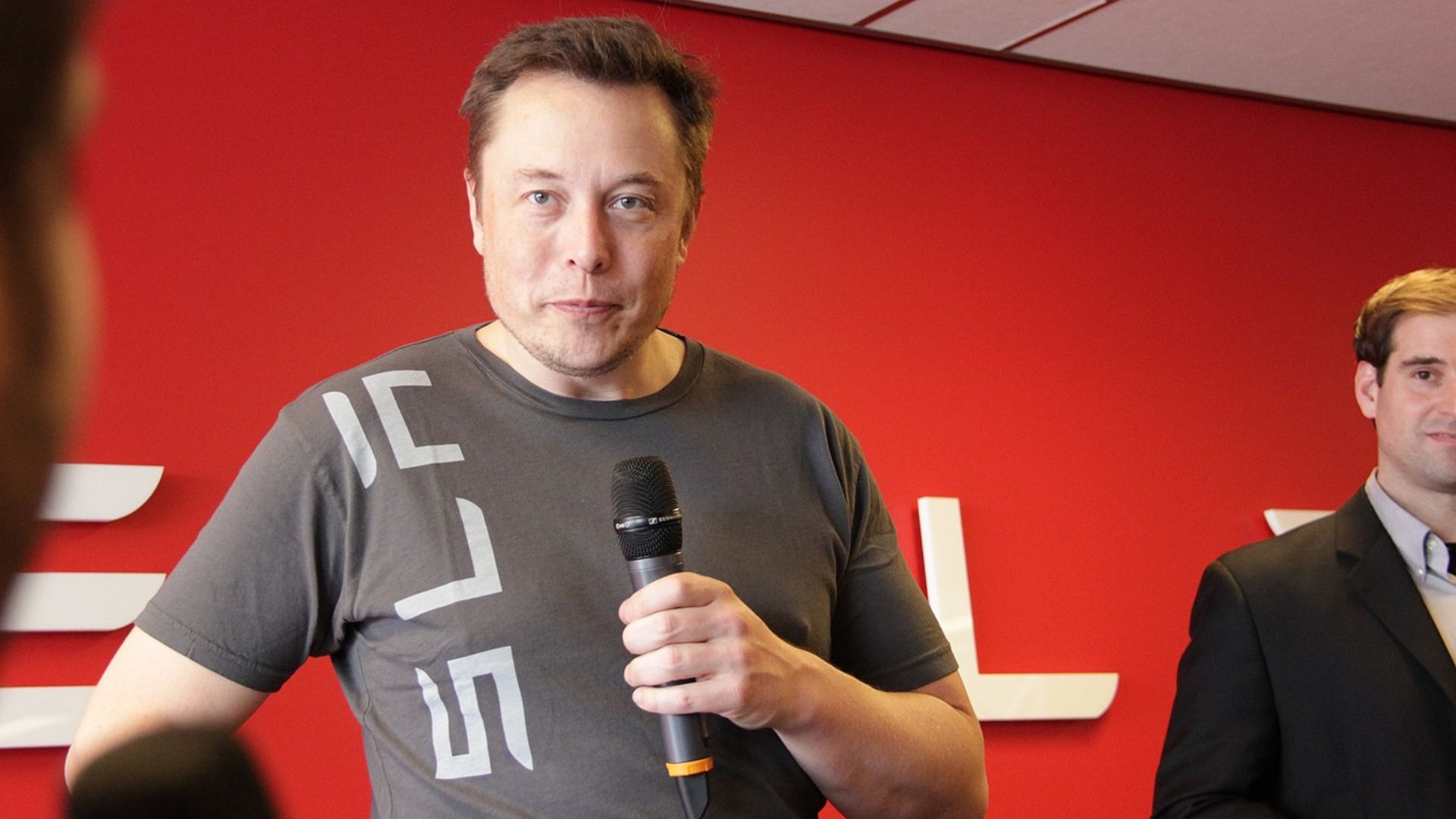
Steve Gooding, director of the RAC Foundation, discussed the potential fallout from Tesla’s layoffs on consumer confidence.
“You need reassurance that the people selling you the vehicles see a strong future for the technology,” he told the BBC, reflecting broader industry anxieties.
Superchargers Were One of Tesla’s Few Recent Success
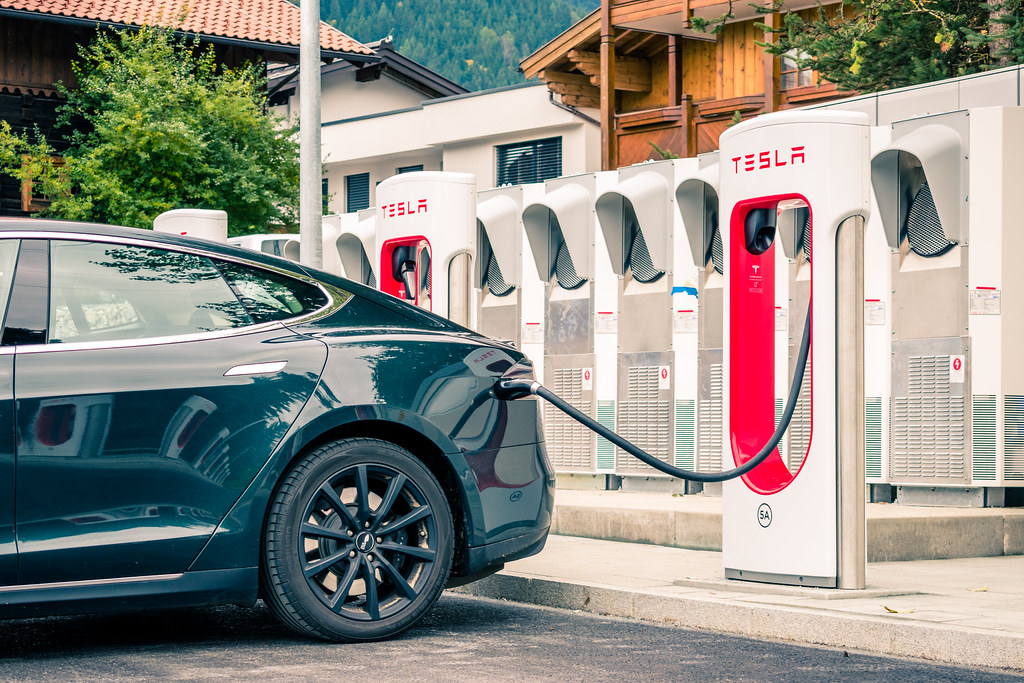
Editor-in-chief of electric vehicle news website Electrek Fred Lambert posted on social media that he was “extremely perplexed” by Musk’s latest decision.
“If one thing was a clear success at Tesla, it’s the Supercharger network. Even from a talent perspective. No other charging team in the world has been able to do what Tesla did,” he wrote.
Superchargers Was a Point of Sales for Tesla
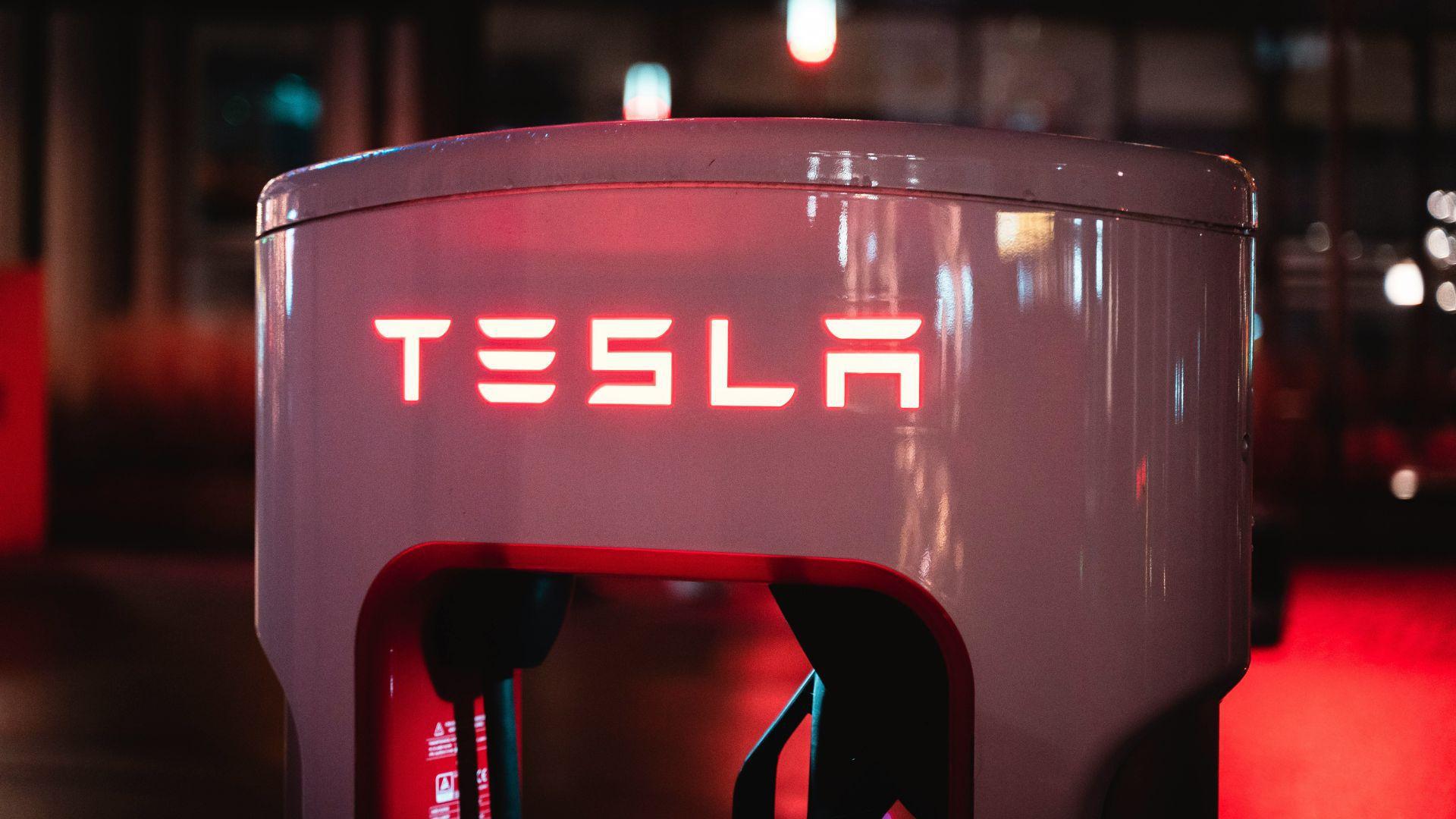
“But with regulators in both Europe and the US pushing the firm to open the Supercharger network to owners of other electric vehicles, it will offer less of an advantage in the future,” James Attwood, editor of Autocar, told BBC.
He adds that Superchargers were “a key selling point for potential buyers.” With low sales, investors pulling away, and recalls glore, Tesla might be in hot water.
Tesla Is the Leader In EV Charging Stations
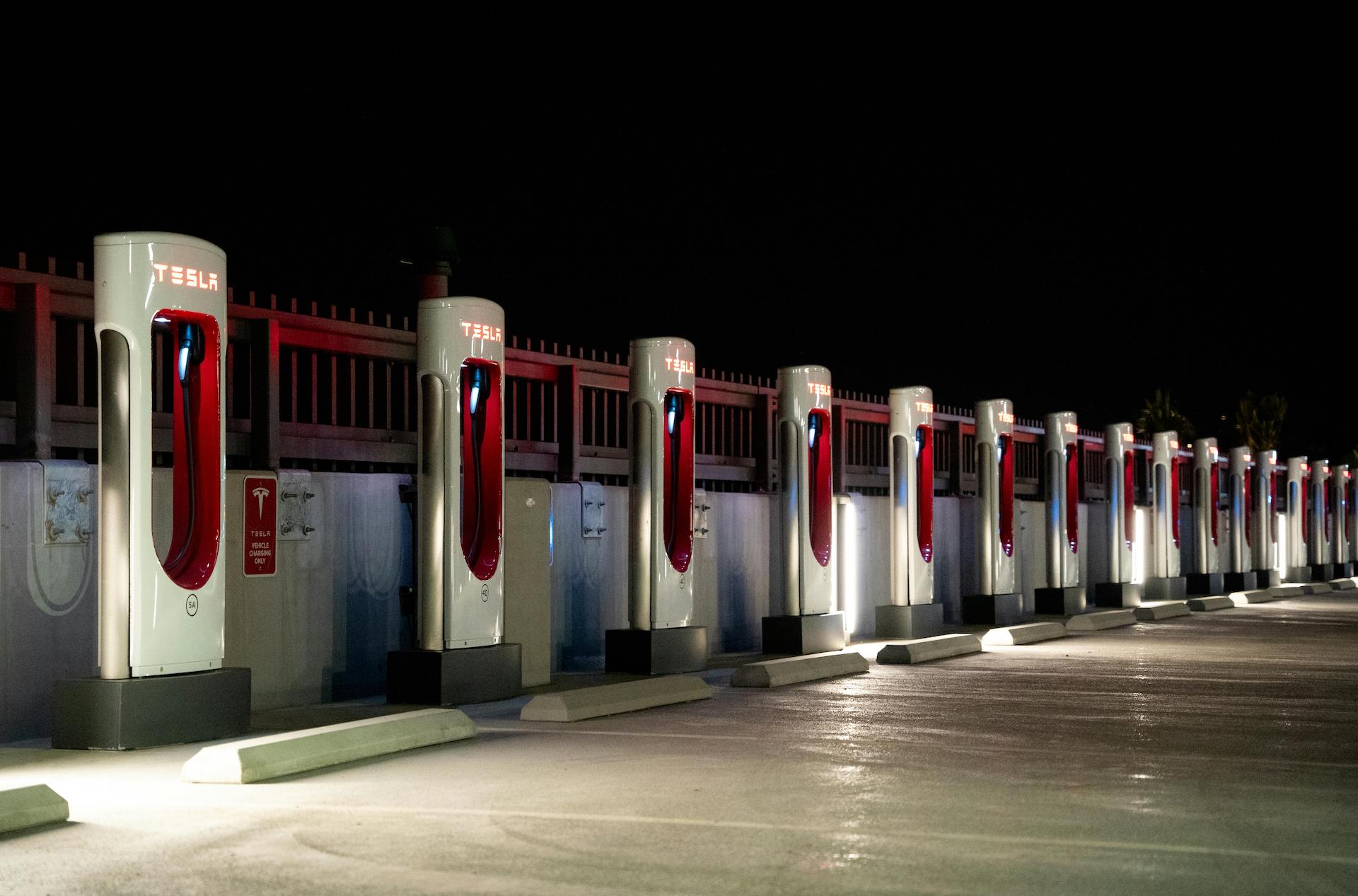
According to US Department of Energy (via US News & World Report), Tesla is the leading producer of EV charging stations in the US, with 1,600 Supercharger stations and over 17,000 fast-charging ports.
Electrify America is the next leader in charging stations, with about 800 stations and 3,600 fast-charging ports.
Tesla’s Supercharger Access Is Available to Several Automakers
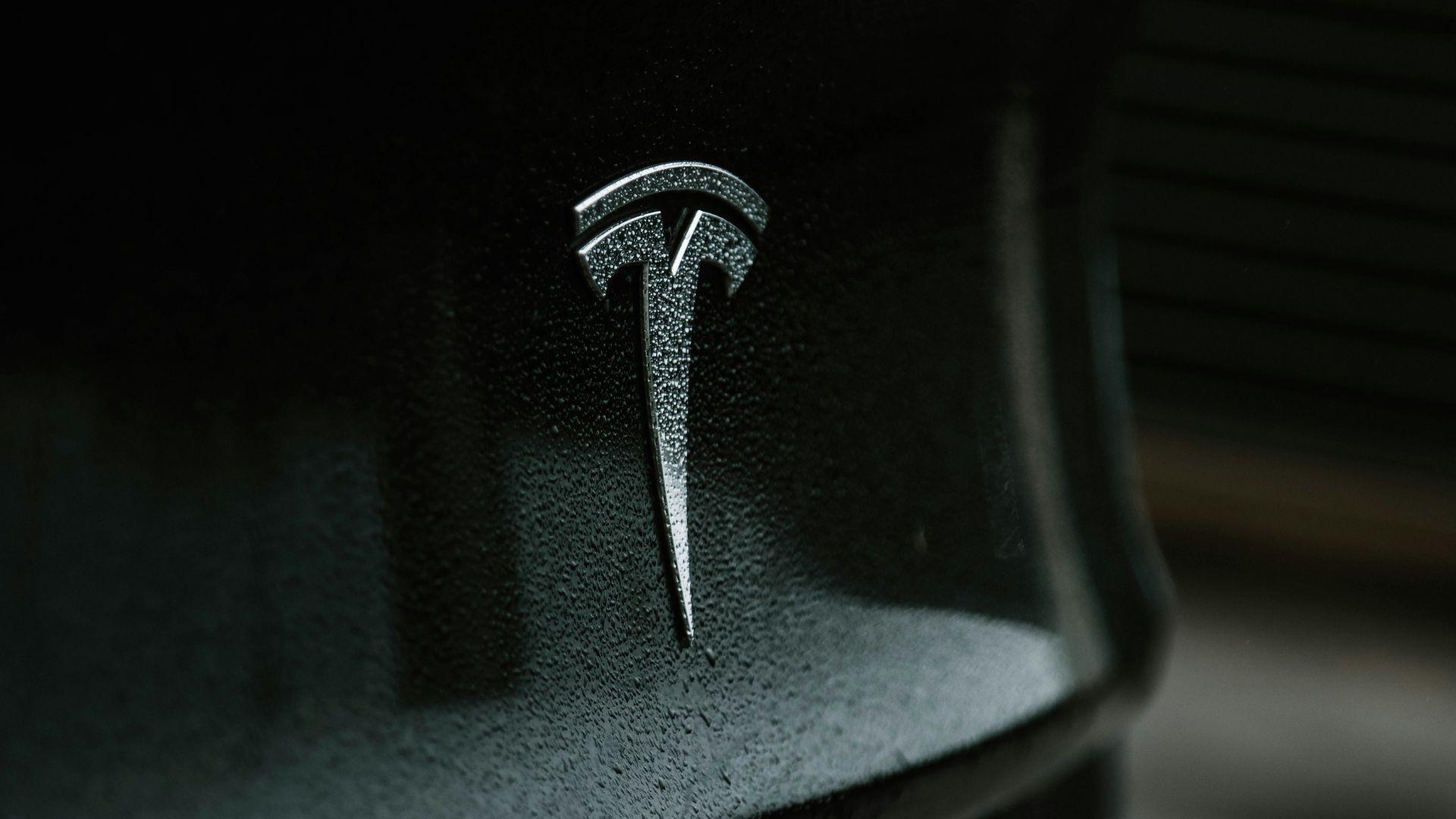
Tesla recently opened Supercharger access to several automakers, like Rivian and Ford. Other major car companies are set to receive charging capabilities at North American charging locations.
Additionally, automakers are choosing to adopt the CCS connector altogether and will install the inlet on their vehicles in 2025.
Tesla Welcomes Rival EVs to Use Its Supercharger Network
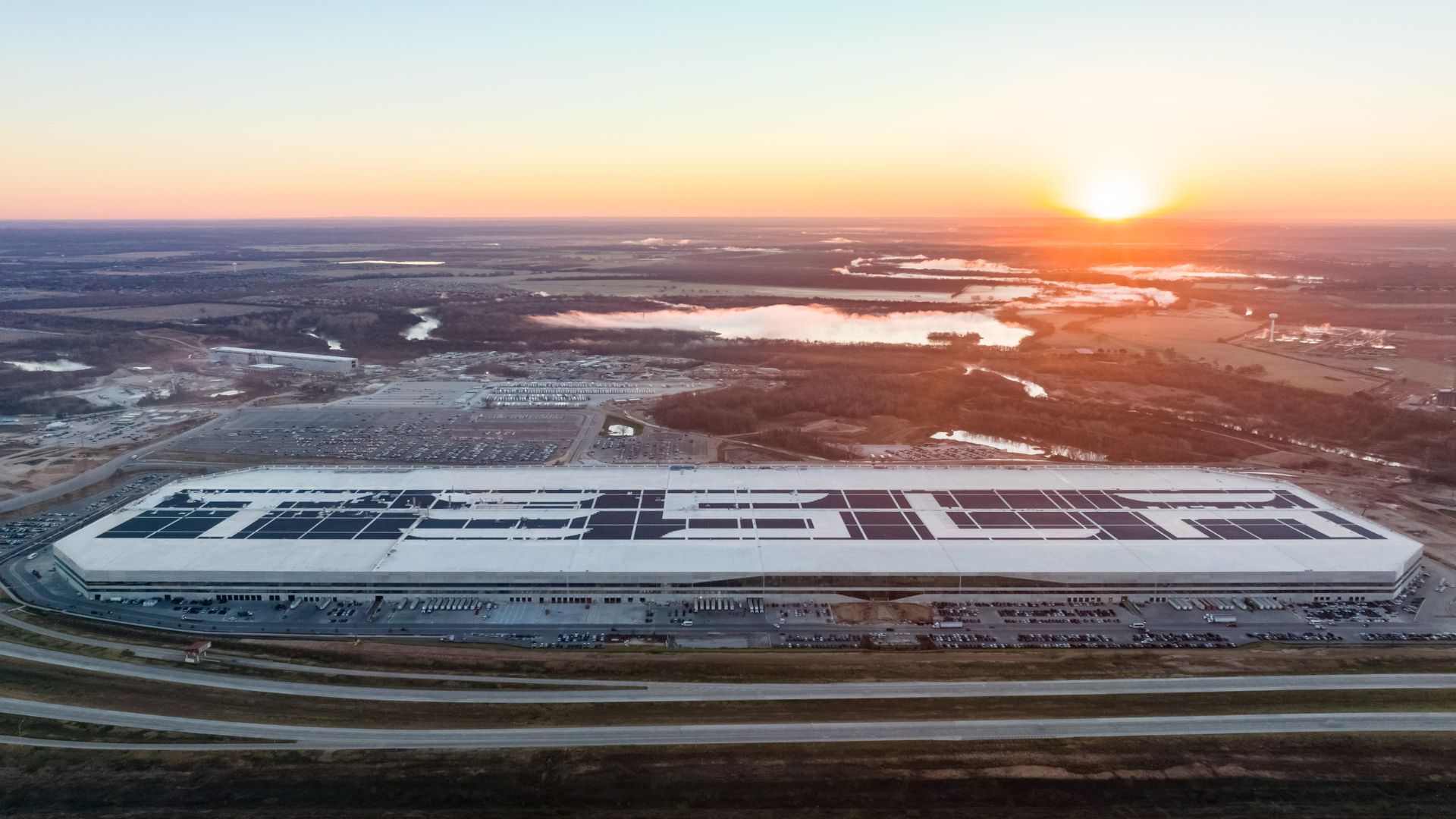
In a strategic move, Tesla has opened its Supercharger network to several competing automakers in North America, adopting the NACS standard.
This agreement enhances the utility of Tesla’s extensive charging infrastructure.
Financial Strains Prompt Strategic Overhaul at Tesla
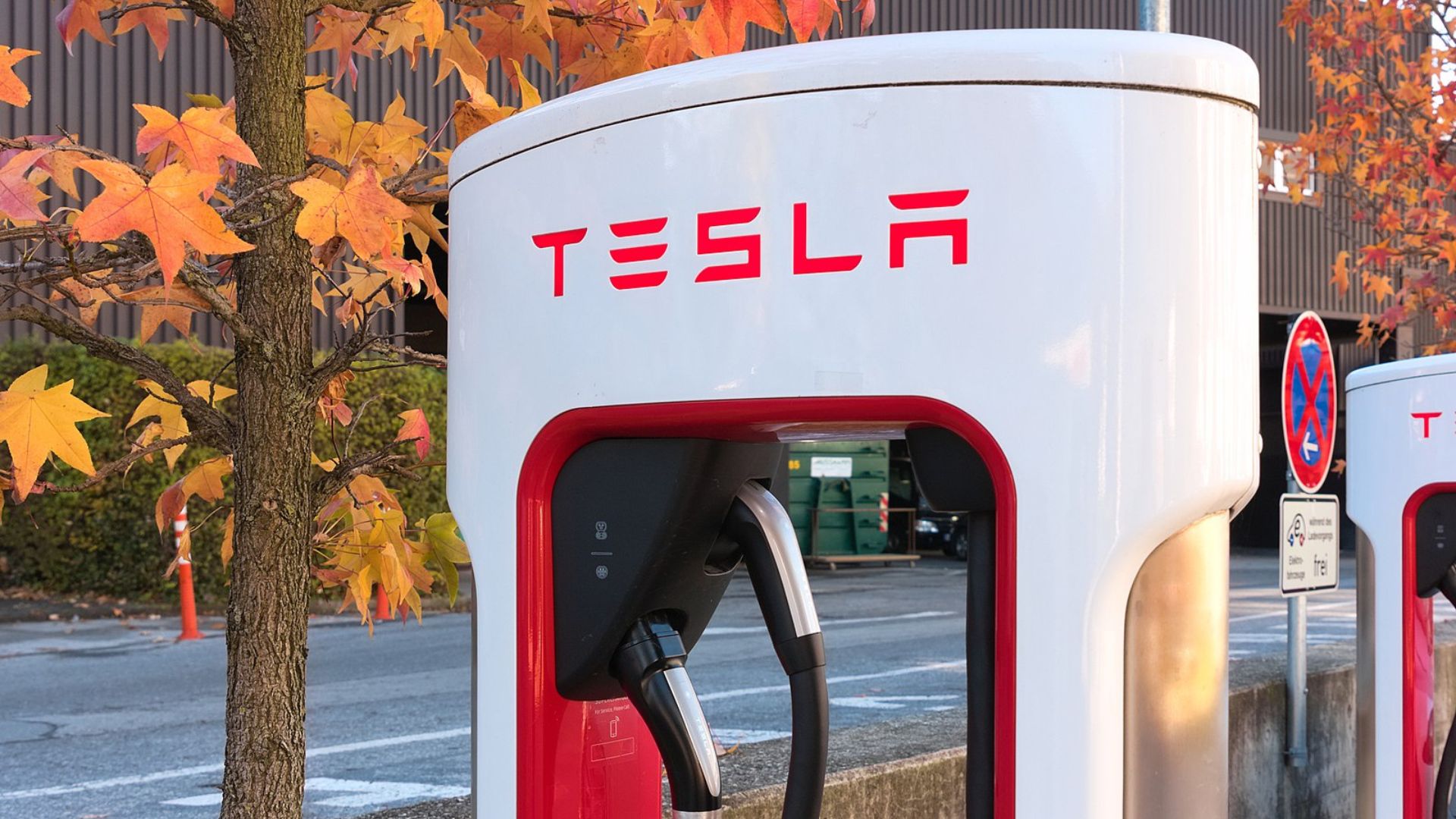
Following a significant dip in quarterly revenue, the first since 2021, Tesla is pivoting strategically.
These changes are reshaping not just the Supercharger team but also its public policy division, the Financial Times reported.
Automakers Ramp Up Competition with Tesla
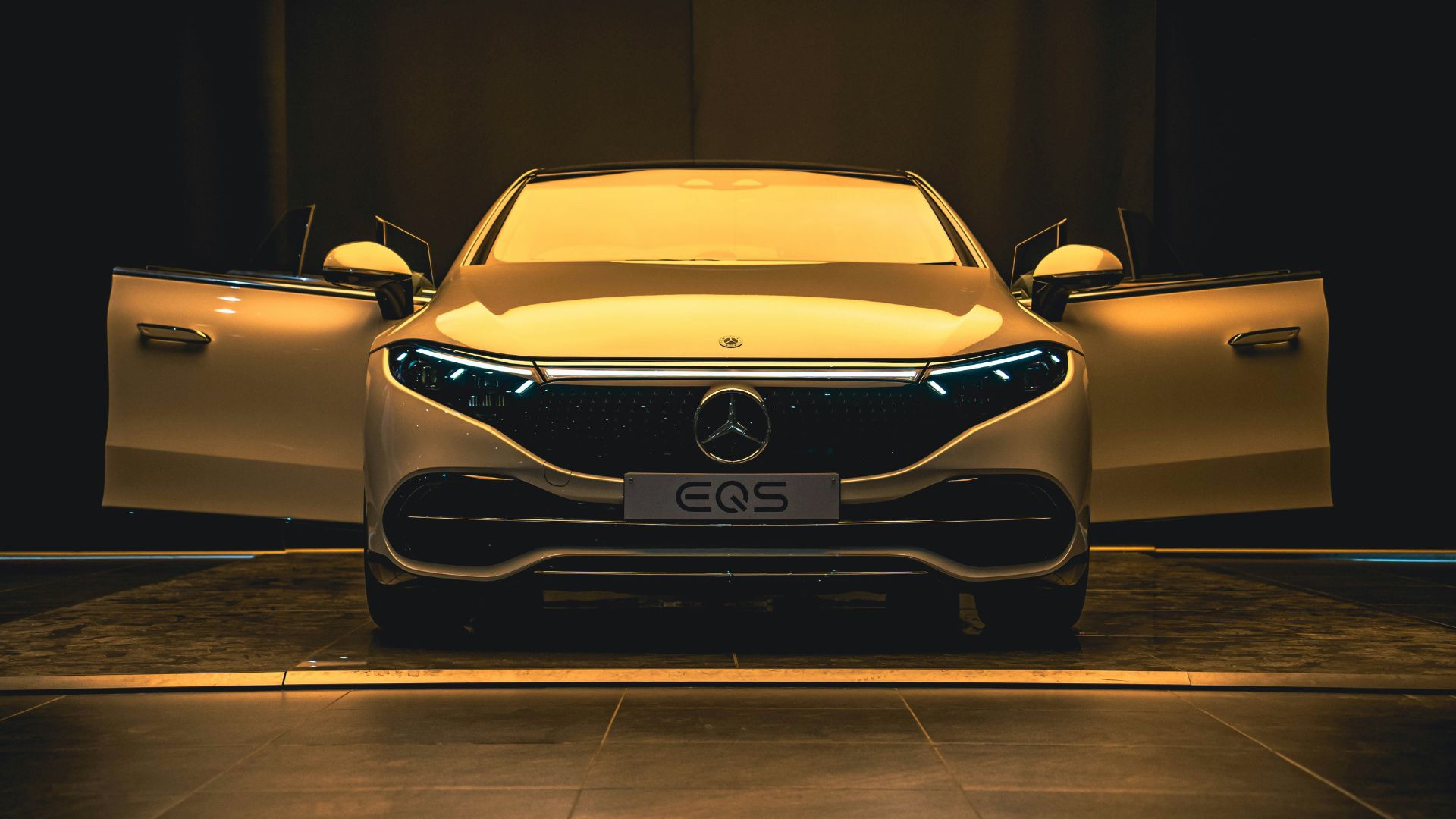
The electric vehicle charging scene is getting crowded.
Companies like Mercedes, Honda, and BMW have joined forces to establish a competing fast-charging network, stepping up the competition against Tesla.
EV Shoppers Pause Amidst Market Fluctuations
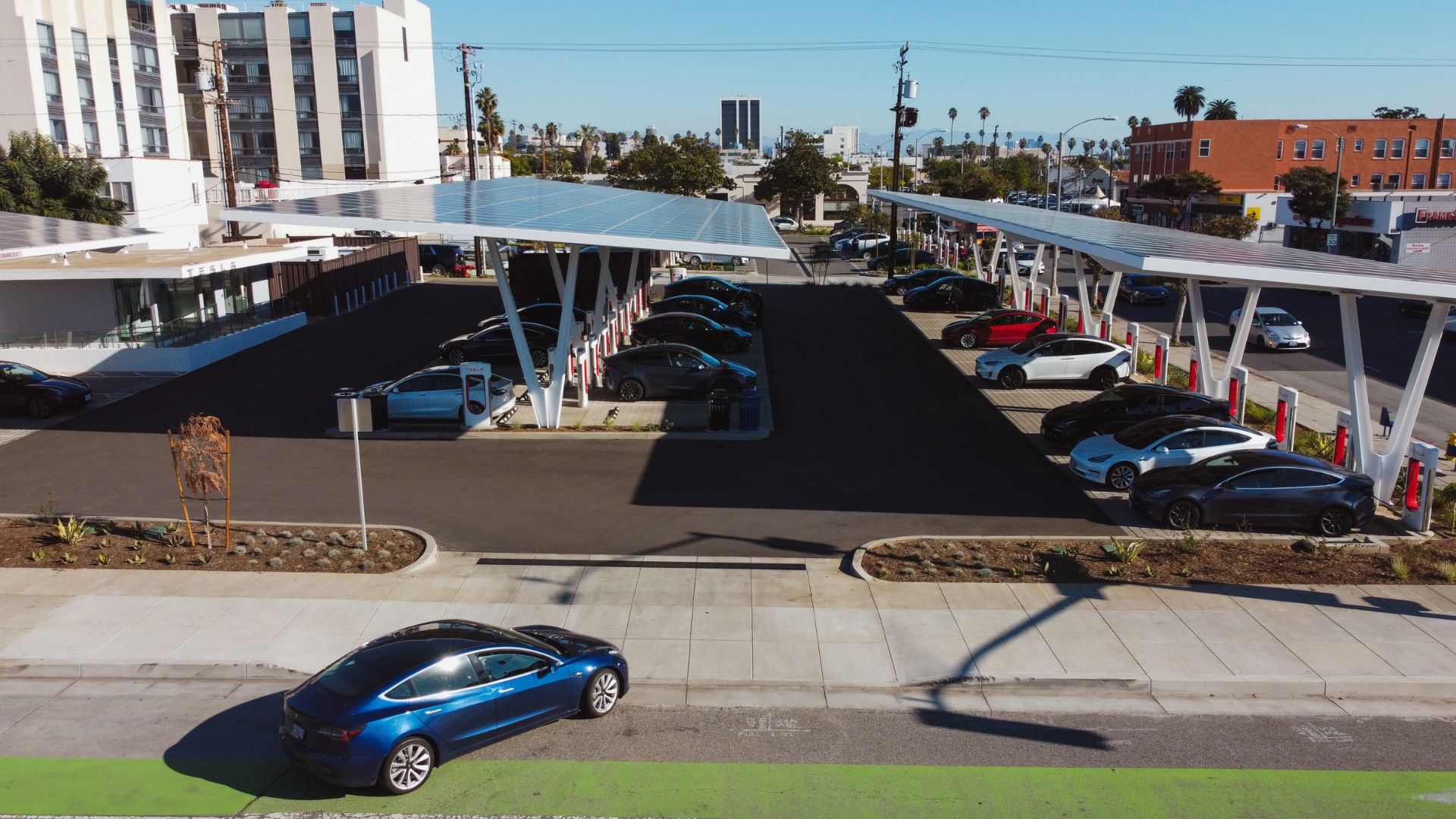
As Tesla navigates these internal changes and the broader market evolves, potential electric vehicle buyers are thinking twice.
The shifting infrastructure and competitive landscape are major considerations for consumers on the brink of purchasing an EV.
Tesla at a Crucial Turning Point
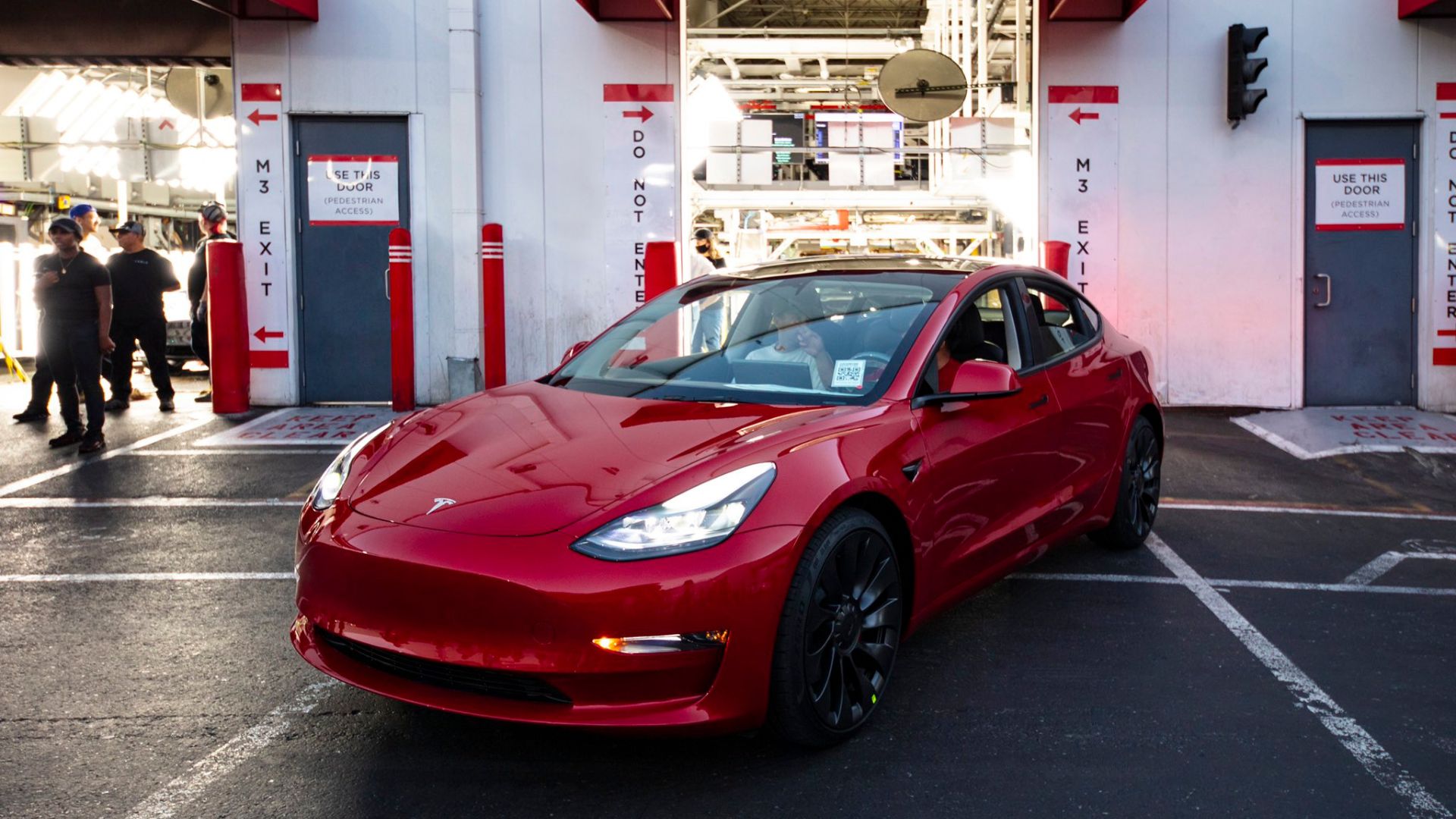
Tesla is at a significant crossroads as it reconfigures its approach to both internal challenges and external market pressures.
The automotive world is watching closely, as Tesla’s decisions in the coming months could redefine its market position and influence its capacity for innovation in the electric vehicle industry.
Tesla’s Recent Speed Bumps
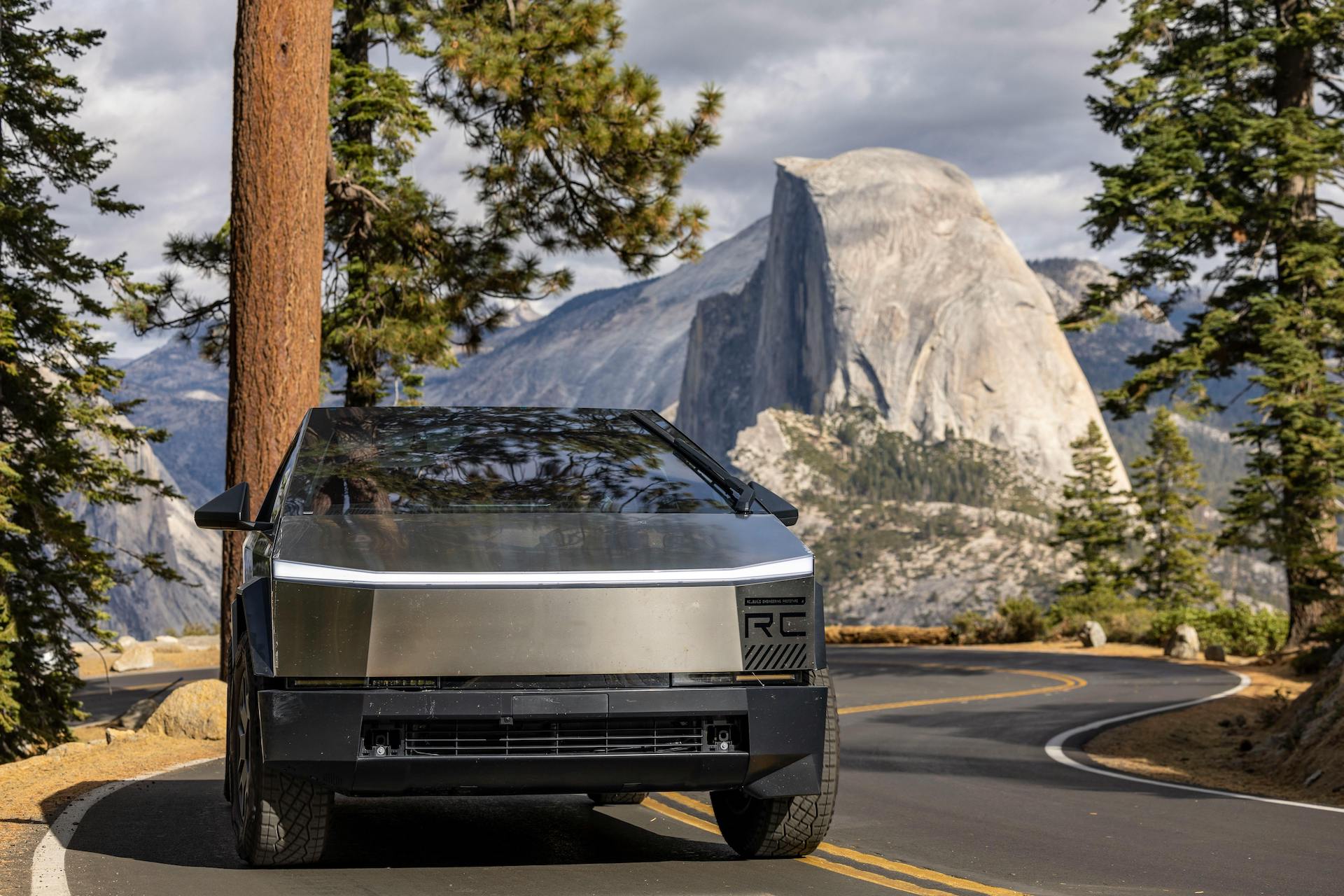
Part of the necessary cost reduction at Tesla might stem from the recent failure of the Cybertruck, which is undergoing its second round of recalls, and the perceived lack of innovation at the once-prominent EV company.
While Tesla needs to continue growing, the CEO does not believe that the current staff is necessary to implement these required changes.
